In My Mailbox
 I had a lovely surprise! And something very appropriate for Jane in June. I received Lauren Willig's newest book, The Mischief of the Mistletoe, a Pink Carnation Christmas! Now, not only is Lauren one of my most favorite authors, with a kick ass publicist (thanks again Jamie) but Lauren is one of a handful of writers who you can tell are inspired by Austen but bring their own spin and originality to historical romances set in the Regency Period. Of course, this book might be even more exciting for those Janeites amongst us in that it is loosely based on Jane Austen's unfinished book, The Watsons and contains an appearance by Jane Austen herself! Could I be more excited!?! No! This is totally going to be my weekend, and hopefully before June is up, you'll have a review of the most anticipated book of the fall. Also, head over to Lauren's website for a chance to win a copy for yourself, but you might want to brush up on your Georgette Heyer first!
I had a lovely surprise! And something very appropriate for Jane in June. I received Lauren Willig's newest book, The Mischief of the Mistletoe, a Pink Carnation Christmas! Now, not only is Lauren one of my most favorite authors, with a kick ass publicist (thanks again Jamie) but Lauren is one of a handful of writers who you can tell are inspired by Austen but bring their own spin and originality to historical romances set in the Regency Period. Of course, this book might be even more exciting for those Janeites amongst us in that it is loosely based on Jane Austen's unfinished book, The Watsons and contains an appearance by Jane Austen herself! Could I be more excited!?! No! This is totally going to be my weekend, and hopefully before June is up, you'll have a review of the most anticipated book of the fall. Also, head over to Lauren's website for a chance to win a copy for yourself, but you might want to brush up on your Georgette Heyer first!
Also, to entertain, here's a hint of the book, in the form of an excised bit from Lauren's website, which I really think is hilarious:
This was the original preface of The Mischief of the Mistletoe, a faux scholarly introduction to an equally faux collection of Austen’s letters. However, some concern was voiced that it might not be recognizable as faux on a quick glance, sowing confusion and nasty letters from Austen scholars, so the Preface was dropped. Alas.
From the Introduction to the Oxford Addendum to the Cambridge Companion of the Collected Letters of Jane Austen:
“… the Dempsey Collection, as it is called, was for some time denied a place in the Austenian epistolary canon. Due to the destruction of the bulk of Austen’s correspondence after her death, for some time there were believed to be only one hundred and sixty letters extent. The discovery of a cache of correspondence, preserved in an old trunk in an attic in Norfolk, underneath a series of shockingly gaudy waistcoats embroidered in a carnation print, tucked inside an early nineteenth century recipe book concerned entirely with Christmas puddings, was thought for some time by the Fellows of the Royal College of Austen Studies to be nothing more than a malicious act of sabotage on the part of unscrupulous members of the rival Dickens Society, who had turned to thuggery as the inevitable result of immoderate consumption of late Victorian serial fiction. Although the Dickens Society denied the charge, relations between the two groups remained frosty, culminating in the great Tea Incident of 1983, which scandalized Oxbridge and caused a rift whose reverberations are felt to this day. As footnote clashed against footnote, and members of warring factions refused to pass the port at High Table, the Dempsey Collection was relegated for some time to the academic abyss, discarded as nothing more than Austenian apocrypha.
“After two decades of painstaking scrutiny, including chemical testing, textual analysis, and the consultation of several Magic 8 balls, the scholarly community has tentatively accepted the Dempsey collection as genuine, with some significant reservations. Although the dates of the letters and the identity of the author have, indeed, been authenticated, there are serious doubts as to the veracity of the contents. While Jane Austen writes in her own name, addressing the letters to a supposedly “real” young lady of her acquaintance, the events narrated within them are of such a sensational and fantastical nature as to defy all belief.
“The more serious members of the academic establishment adhere to the theory that Austen was, in fact, engaged in an epistolary novel, a style she employed for both the unfinished Lady Susan and the original draft of Elinor and Marianne, the novel that was to become Sense and Sensibility. There is some argument that the letters comprise a failed early draft of her incomplete novel, The Watsons. As in that work, the Dempsey collection features a heroine returned to the unaffectionate bosom of her family after being disappointed in her hopes of an inheritance from a wealthy aunt, who casts her from the household upon the elderly aunt’s imprudent second marriage to a handsome young captain in the army. Many of the names Austen uses in the Watsons appear in the Dempsey collection, although somewhat altered.
“There, however, all resemblance ends….
“That the letters and their contents were, in fact, the product of a contemporary correspondence conducted with an actual acquaintance in reaction to authentic events is a possibility entertained only by the most radical fringe of Austen scholars. This view is generally discredited…
“What Englishman, one may ask, would answer to the name of Turnip?”
Excerpt reproduced courtesy of the author, Perpetua Fotherington-Smythe, M. Phil., D. Phil, R. Phil, F.R.C.A.S.*, S.o.S.A.S.S.I..**, GAE (MEOAE).***
* Fellow of the Royal College of Austen Studies
** Symposium of the Society of Austen and Similarly Superior Interlocutors
*** Dame Grand Cross of the Most Excellent Order of the Austenian Epistle

























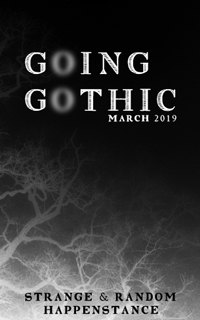
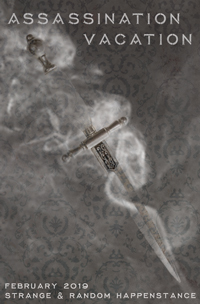
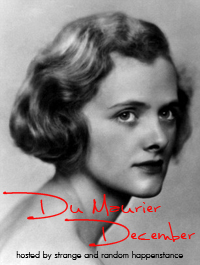
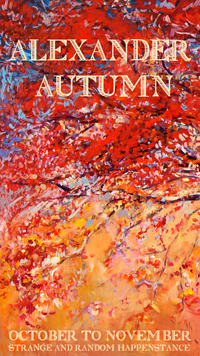
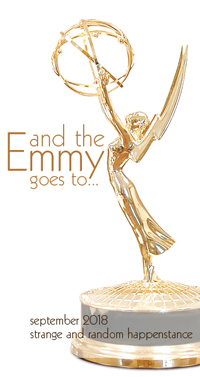




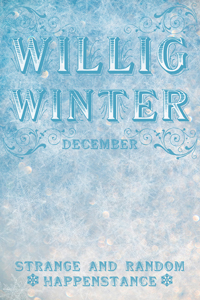

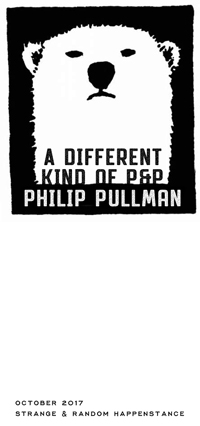


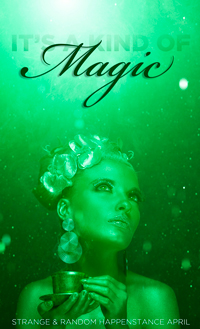
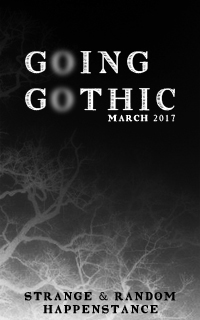

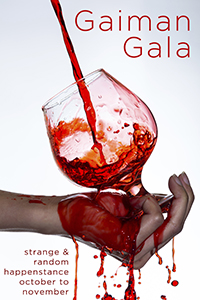
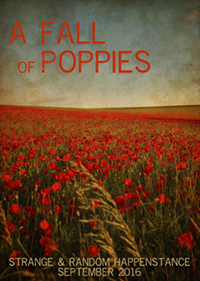



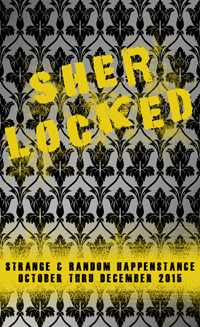

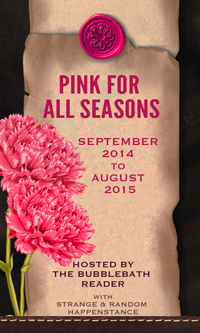
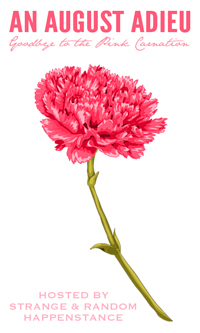

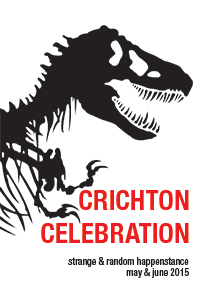


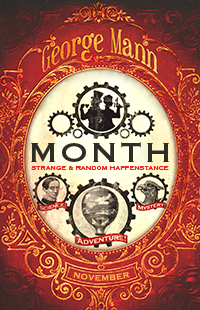

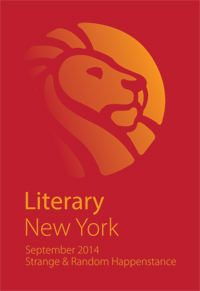
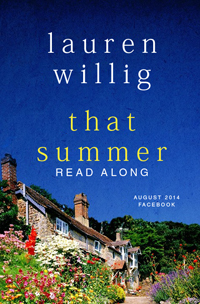



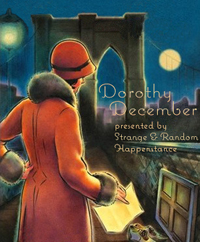























What a gorgeous cover!! I love her books!
Carrie at In the Hammock Blog said... June 25, 2010 at 8:17 PM
I know, it's just too perfect!
Miss Eliza said... June 26, 2010 at 12:14 AM
Post a Comment